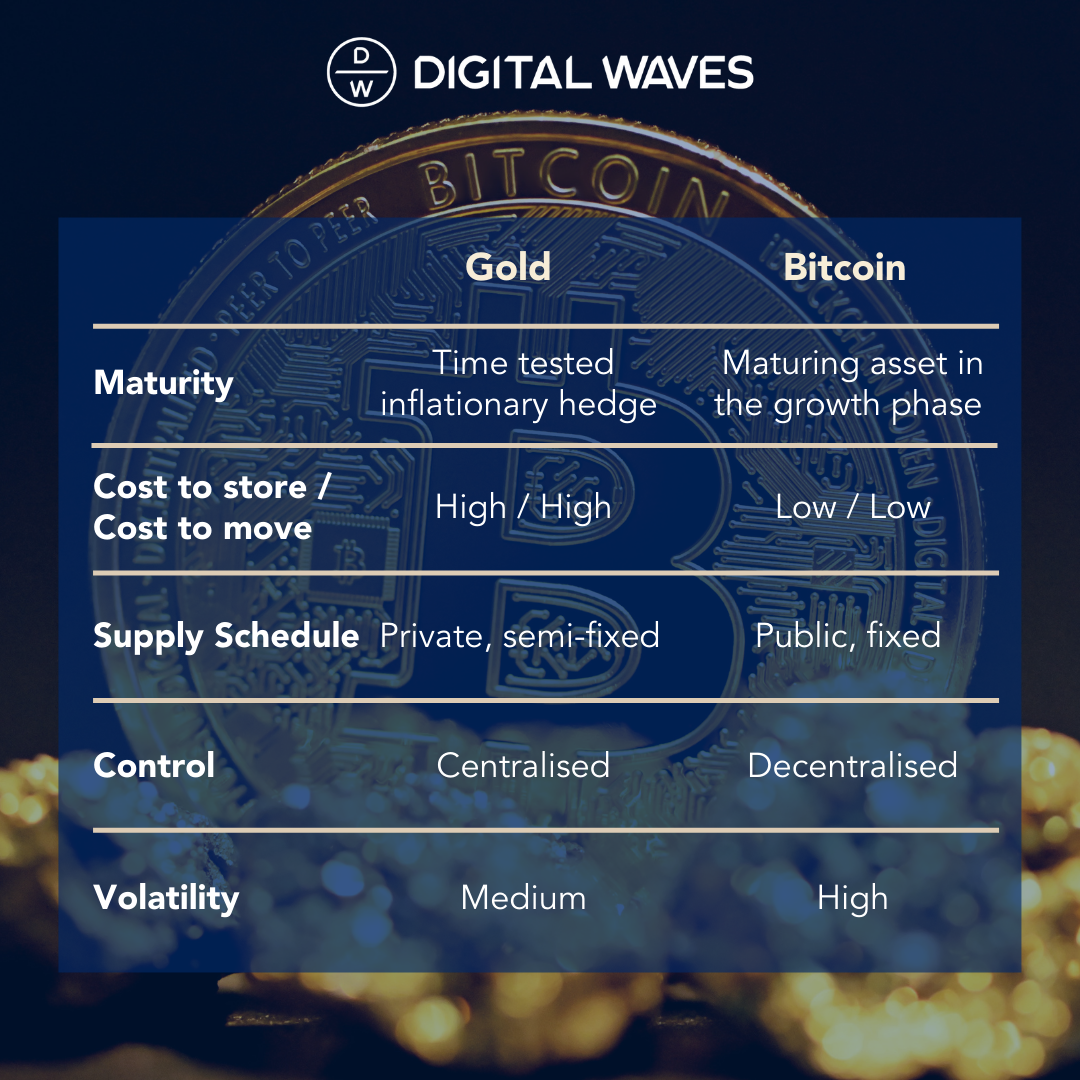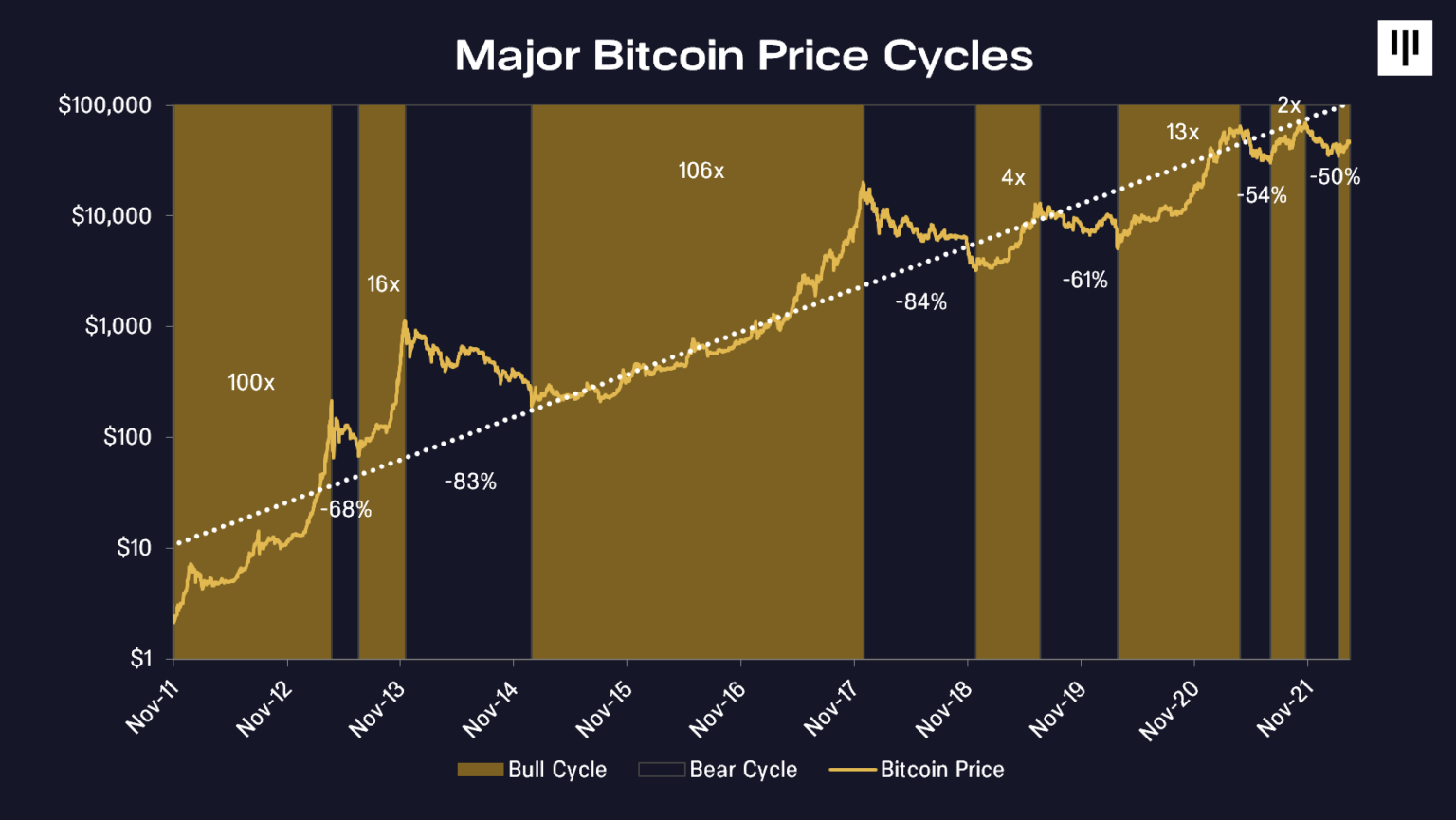Macro trends series: Inflation and the collapse of crypto
Crypto has so far seemed to many to be the hoped-for light at the end of the tunnel, being beyond the control of fallible authorities, secure and decentralized. Thus, crypto currency has been stylized as a haven of trust, a counter-pool to governments, financial systems, corporations, and media, many of which seem overwhelmed in the face of crises. But, as of mid-May 2022, we are in the midst of one of the largest crypto crashes.
In the series of articles, we will look at the macroeconomic trends one by one to determine the role of crypto currencies in the global economy and analyse the impact of these events on crypto currency adoption.
Inflation – the cooling of the fiat economy
In retrospect, the perfect storm has been brewing over the last two years. By the end of 2020, the global debt had risen to $226 trillion, seeing the biggest one-year increase since World War II. On April 28, 2021, the U.S. Federal Open Market Committee statement noted, "Inflation has risen, largely reflecting transitory factors". In Europe and elsewhere, the hope was that supply chain bottlenecks, seen as a key contributor to inflation, would only be a matter of time. Then a third strain appeared, the war against Ukraine. And thus, only a year later, in March 2022 and with the U.S. Federal Reserve adjusting interest rates and tightening monetary policy in response to record-high inflation [1] there is a growing realization that the inflation is no more a passing trend. [2] Deutsche Bank, for example, is now warning of a 20% bear market in stocks in 2023.
Crypto – the end of the hype or a future asset?
At the heart of the Bitcoin whitepaper and as an irrefutable rule of the Bitcoin blockchain is the limited supply of 21 million coins. This restriction is a key differentiator from fiat currencies like the USD or EUR, whose volume can be increased by central banks. This promised the possibility to use Bitcoin or other crypto assets as a hedge against inflation and earned Bitcoin the nickname "digital gold" - at least in theory. During the Covid pandemic, Bitcoin seemed to have the makings of a crisis stock. Despite volatile macroeconomic developments, cryptocurrency investors recorded gains of $162.7 billion in 2021, at the height of the pandemic, four times more than the year before. [3] Such large returns, even in times of uncertainty, seemed to have bolstered the case for crypto currencies as a hedge against economic instability.
While the comparison with gold is catchy, it is worth looking at the similarities and differences. The biggest resemblance between the two assets is their finite supply, albeit Bitcoin's supply, unlike gold's, is well-known. Thanks to its decentralization features, Bitcoin is not controlled by a manageable number of actors, as gold rather is, but by a decentralized network of computers all over the globe. This also should make storing Bitcoin safer, and it surely makes it more cost-effective than storing gold, which requires costly old-fashioned safes in secure locations.
 |
||
| Table 1: Gold and Bitcoin comparison. [11] [12] |
These advantages of Bitcoin over gold might be the reason why Michael Saylor, CEO of MicroStrategy and a vocal supporter of Bitcoin, sees Bitcoin as the only real scarce asset in the world. [4] And he is not alone. Over 60% of respondents in regions experiencing long-term hyperinflation believed that "crypto is the future of money," according to a Gemini poll. [5]
However, according to the logic of Bitcoin as "digital gold", Bitcoin should now be thriving, considering the dramatic inflation in the US, Europe, and elsewhere. But the reality turned out to be different. The decline in value of fiat currencies and stock prices are nothing compared to the collapse in value of Bitcoin, Ethereum, Luna, and others in mid-May. In the first 2 weeks of May, Bitcoin dropped by 23%, Ethereum by 37%, and Luna even by 99.9% - the biggest collapse in crypto history to date. This shock alone calls into question the comparison of Bitcoin and gold and its suitability as an inflation hedge. In fact, despite the similarities, Bitcoin's correlation with gold has been around zero or even negative throughout the pandemic years, only starting to show the first signs of rising in the first 2 weeks of May. [6] While gold is down only by 0.56% year over year, Bitcoin is down 41% at the time of writing. It has been moving along with S&P500 and setting the record high correlation of 0.94 in May, it has been steadily reaching the level of almost perfect correlation over the last months. [7] Looking at the three-year trend of the relationship between BTC and traditional assets, such high correlation values are more common between these two asset classes than between Bitcoin and gold.
 |
||
| Graph 1: Pearson correlation of BTC with gold, S&P 500 and Nasdaq Composite over the last 3 years. If the number is +1 it means perfect correlation, -1 means perfect negative correlation. [7] |
So, despite its features, Bitcoin was never treated as “digital gold” by the markets, although highly praised as such by the community. Despite its advantage, the major shortcoming that disqualifies Bitcoin as a hedge against inflation is its volatility. In times of uncertainty, investors look for safer assets, such as government bonds. When bond yields rise, investors reduce their advance on the risk curve, i.e. they shift their money from risky assets into these more stable asset classes. Conversely, this means that Bitcoin needs to regain its trust – a giant task in light of recent events. This particularly means that it has to become less volatile in order to ever become true “digital gold” and serve as a crisis investment and hedge against inflation.
And there are promising signs in this direction. Although the recent collapse calls into question earlier certainties, we should not disregard the larger strands of development in recent years. Bitcoin remains on an 11-year exponential growth trend, with bear markets becoming shorter and less severe in the last years. 4 While there have been instances where Bitcoin investors have lost 83% of their investment owing to excessively volatile coin values, this has been less common in the previous two years. In other words, the current collapse, in particular of coins like Luna, is not the first in the crypto world but has not stopped the growth part of the larger ecosystem.
 |
||
| Graph 2: Major Bitcoin Price Cycles showing 11 year exponential trends. [8] |
It is widely expected by analysts that this trend will continue as the adoption of crypto currencies by institutional investors steadily increases. According to Blockdata, 55 percent of the world's 100 largest banks by assets under management are investing directly or indirectly in digital currency, blockchain firms, and initiatives. They are involved not only through Mergers & Acquisitions of crypto start-ups, but also directly through the exploration of countless new investment opportunities in the market. According to Goldman Sachs' director of crypto trading, traditional institutions are beginning to see a wider range of options for becoming engaged in the crypto sector. [9] This broadening of options is important because each protocol is designed differently and therefore has its own risks and benefits. This understanding is also entering policy dialogues. The recent crypto Executive Order issued by the U.S. administration is another indication that crypto is being understood as more than bitcoin and therefore comes with differentiated value creation opportunities.
This builds the backdrop for a broader revolution: The emergence of a new digital infrastructure and paradigm called Web 3.0.
Undoubtedly, recent events in the financial markets are eroding the trust in government and the traditional financial system, and it only bolsters crypto in general and Bitcoin, according to Mike Novogratz, CEO of Galaxy Digital. [10] Web 3.0 is the next step in the crypto evolution. The invention of the blockchain has been the driving force behind the birth of a new digital reality that allows individuals to take control of their digital rights, assets, and even identity. The applications of crypto currencies are rapidly expanding beyond Bitcoin and decentralized finance in general. Permissionless and trustless are becoming the tenets of applications as diverse as data processing, music streaming, and platforms for freelancers.
Imagine users porting their content and followers from Twitter to another platform, where they get better features. Or imagine a musician sharing his songs directly with his fans instead of ceding a generous portion of revenue to platforms. That's exactly what Web 3.0 is enabling, thanks to a growing ecosystem of crypto infrastructure innovations, applications, and tokens.
Thus, while the performance of crypto currencies as a financial asset might be troubling, its impact on traditional finance and as an investment mean or hedge against inflation may be merely a steppingstone towards building the foundation for a whole new ecosystem, which may unveil crypto's true investment potential. It is not the boom and bust cycles that provide information about the value and investment potential of Bitcoin and Co. but the evolution of the underlying crypto technology infrastructure. And this is constantly evolving!
Therefore, we consider the latest downturn an opportunity to invest and not to miss out on the next bullish cycle.


